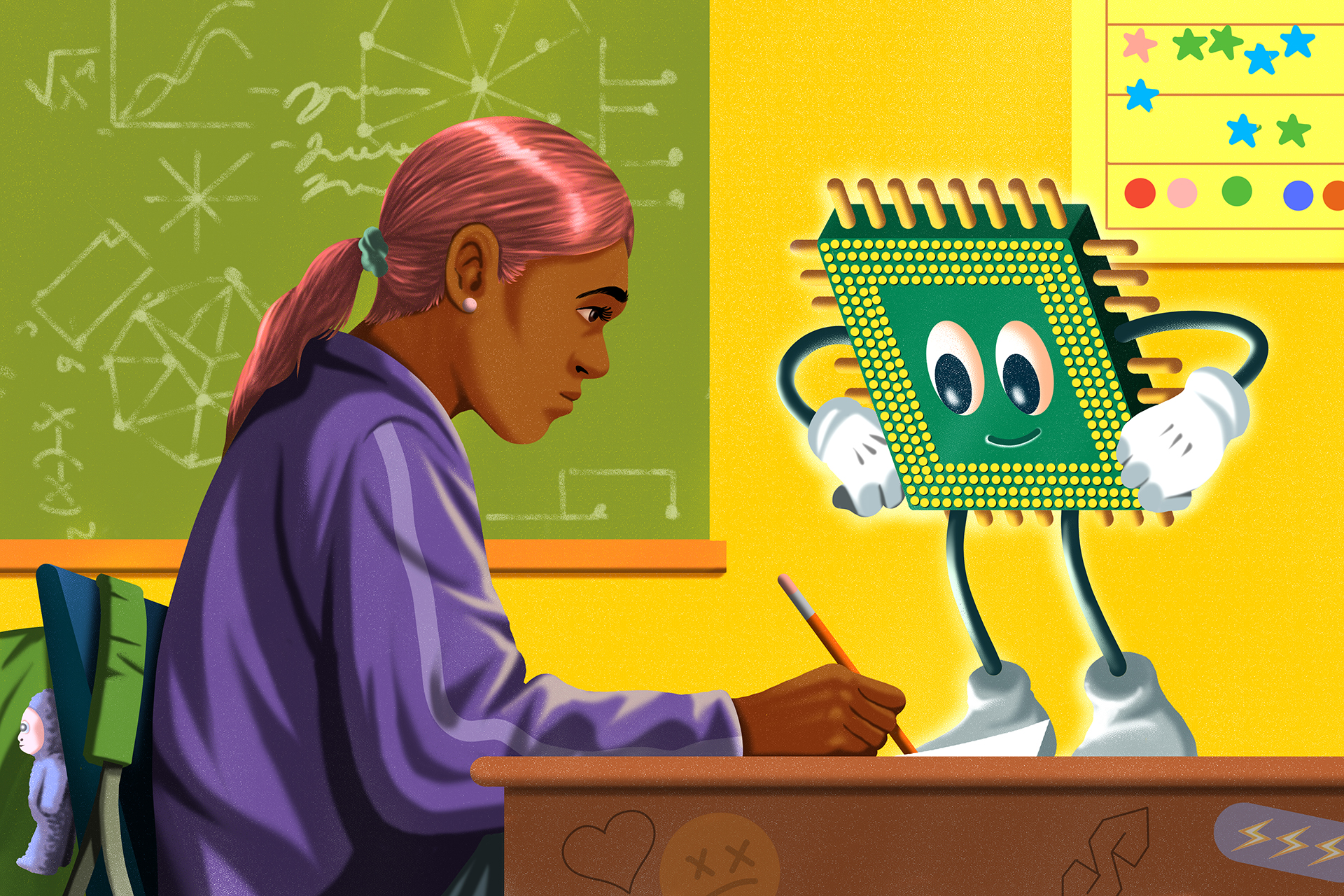AI’s Impact on Education: A Double-Edged Sword
The integration of artificial intelligence (AI) into education is rapidly reshaping classrooms worldwide, presenting both unprecedented opportunities and significant challenges. While concerns about student misuse of AI tools like ChatGPT for academic dishonesty are widely publicized, a less discussed aspect is the potential for AI to revolutionize teaching practices. This dual nature – AI as both a tool for cheating and a potential teaching aid – necessitates a nuanced understanding of its impact on the future of learning.
The Cheating Conundrum: AI as an Academic Shortcut
The ease with which students can leverage AI chatbots to generate essays, complete assignments, and even answer exam questions presents a significant threat to academic integrity. Platforms like ChatGPT offer readily available, albeit often superficial, solutions to complex academic tasks, undermining the learning process itself. This raises concerns about the development of critical thinking skills, independent learning, and genuine understanding of subject matter. The widespread availability of such tools necessitates a fundamental shift in pedagogical approaches and assessment strategies, requiring educators to adapt and develop methods that assess genuine understanding rather than simply the ability to produce polished text. Detection methods are also crucial, and institutions are actively investing in AI detection software to combat this growing trend.
AI as a Teacher’s Assistant: Streamlining and Enhancing Education
Beyond the ethical dilemmas of academic dishonesty, AI offers considerable potential to enhance teaching and learning. Teachers are increasingly utilizing AI-powered tools to automate administrative tasks, such as generating lesson plans, creating quizzes, and grading objective assessments. This automation frees up valuable time for teachers to focus on more crucial aspects of their roles – individualized student support, curriculum development, and fostering a positive learning environment. Furthermore, AI-powered tutoring systems can provide students with 24/7 access to personalized learning support, addressing individual learning needs and gaps. These systems can adapt to different learning styles, providing customized exercises and feedback, and offer a valuable supplementary resource for both students and teachers.
Navigating the Future of AI in Education: Challenges and Opportunities
The integration of AI into education presents a complex landscape of challenges and opportunities. While the potential for misuse, particularly in relation to academic dishonesty, remains a significant hurdle, the potential benefits for enhancing teaching and learning are substantial. The key lies in developing responsible strategies for AI implementation. This includes fostering digital literacy among students, educating them about the ethical implications of AI use, and developing robust assessment strategies that focus on evaluating genuine understanding and critical thinking. Furthermore, ongoing research and development are crucial to refine AI tools, ensuring they are effective, equitable, and accessible to all students.
In conclusion, AI’s impact on education is undeniable. Its role as a tool for academic dishonesty cannot be ignored, but equally important is its potential to revolutionize teaching and enhance learning outcomes. Moving forward, a balanced approach that addresses the ethical concerns while harnessing the transformative potential of AI is essential to create a future where technology serves as a powerful catalyst for improved education for all.
Based on materials: Vox





